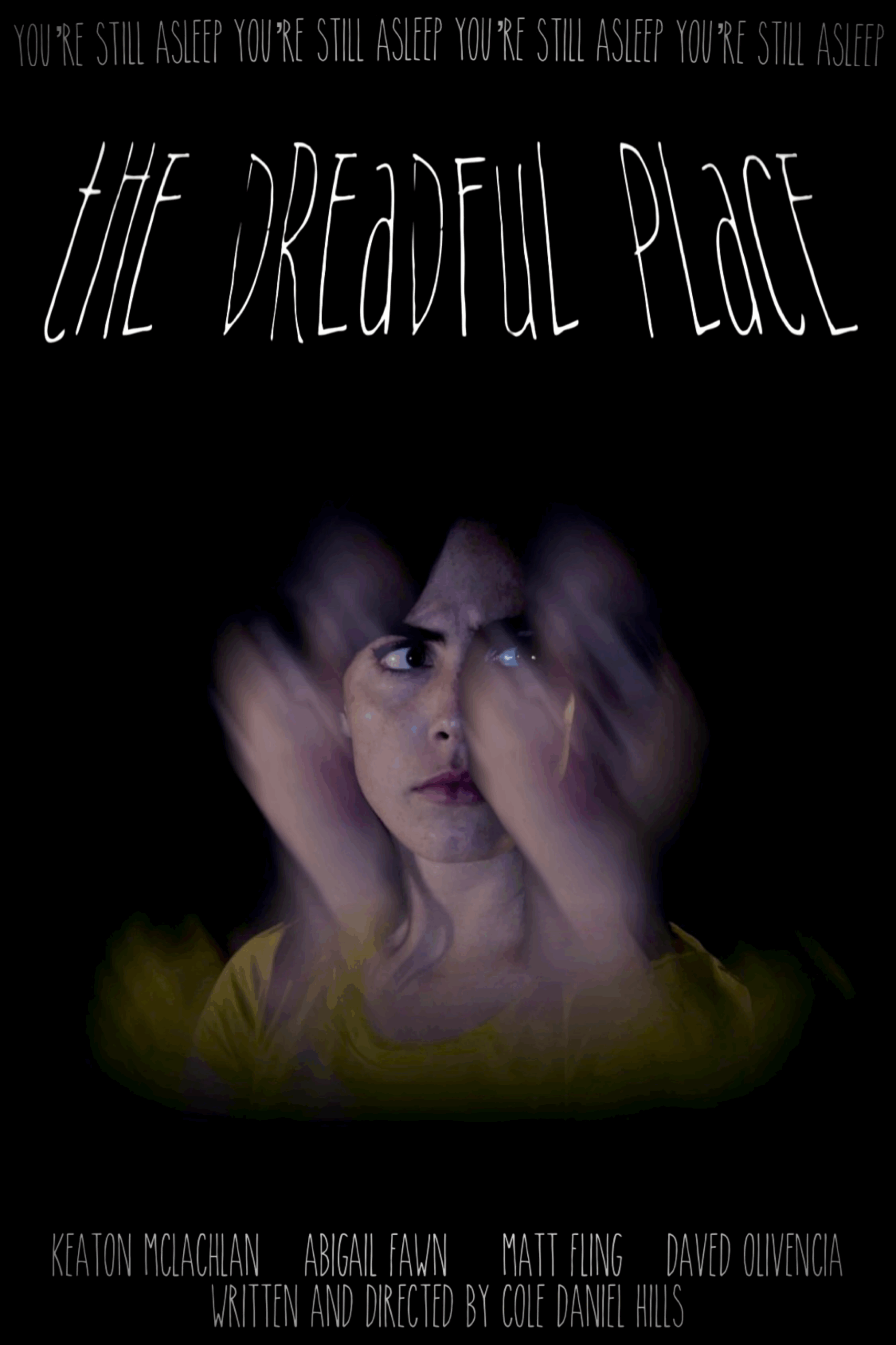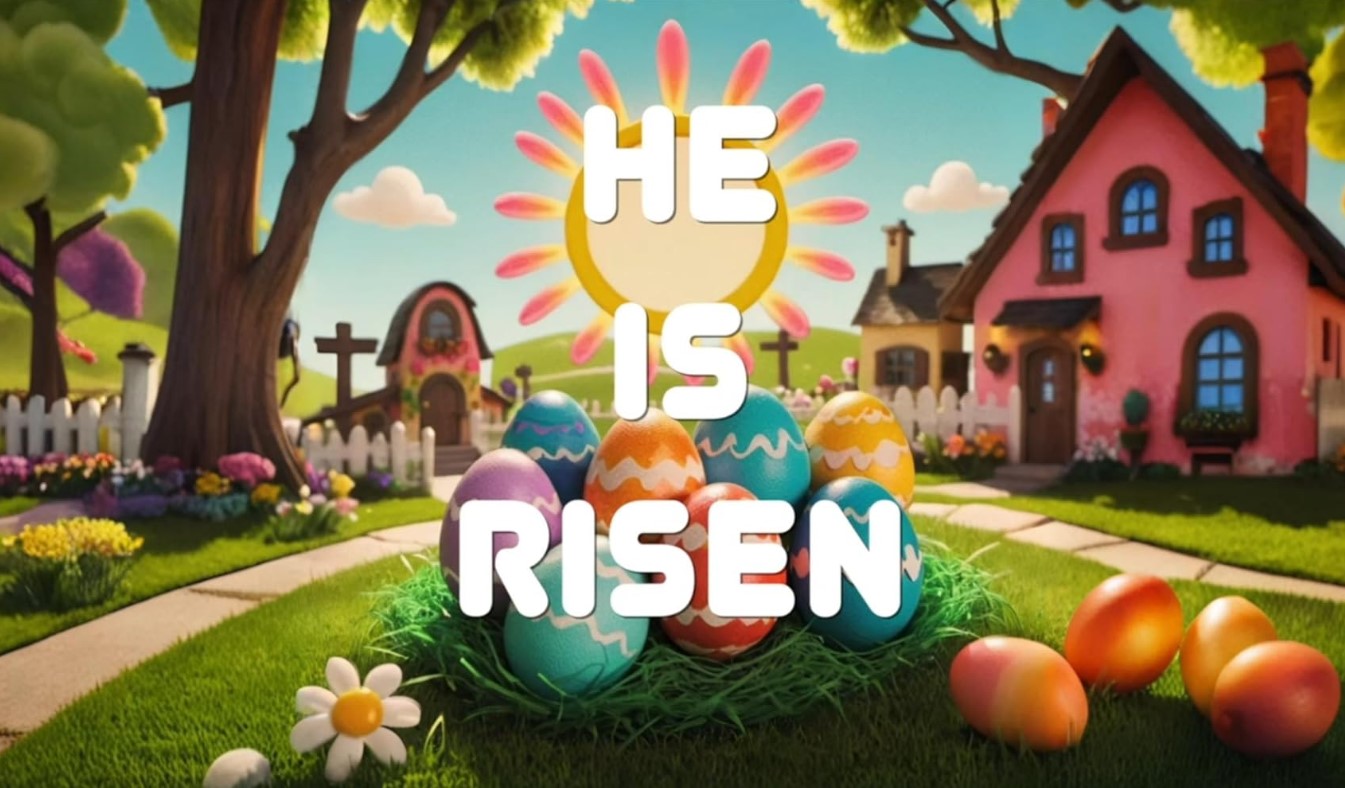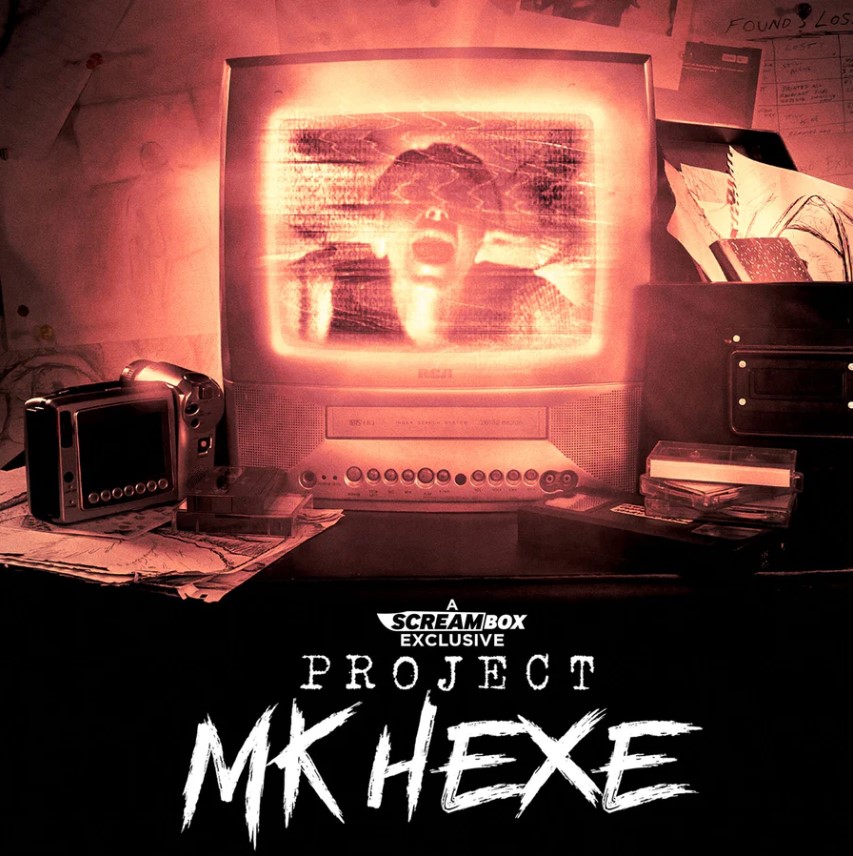Approaching the six-year anniversary of her father’s death, Willow becomes trapped in the nightmares her subconscious projects into her daily life. She can either fight to wake herself up, or let her troubled emotions take over and end her life. It is not just a nightmare, but The Dreadful Place.
Everyone knows what dreams feel like; they can be fantastical, fun, and are often nonsensical retellings of your day or snippets of your memories. Nightmares incorporate that same nonsensical concept, but through a fear-inducing lens. A nightmare can recall traumatic memories or play into your fears. They are so profoundly horrible that people use folklore to help explain why they happen in hopes of preventing them. In The Dreadful Place, Willow experiences a nightmare that she cannot wake up from, running her through all of her past traumas like her dad’s alcoholism and early demise, her ex-boyfriend’s uncaring harshness, and seemingly small irritants at work and home. All of those stressors come to life during her sleep.
I have seen many movies attempt to do dream sequences, and The Dreadful Place has one of the most realistic depictions I have seen thus far. As Willow goes from reality to dreamland, it transitions seamlessly — you don’t even realize she is in a dream until something crazy happens. It gave me a huge sense of uneasiness that I couldn’t shake, because at no point did I feel like she was safe. Like the transitions, the storytelling too was perfect because for all of the background that we find out about Willow’s life, none of it was in a senseless exposition dump. It was all revealed through her nightmares. We can piece together poignant moments in her life that led her to her current situation. Bonus props for the transitions between settings; the buzz of some sort of interference felt natural and an interesting way to jump back and forth without it feeling forced. I guess the optimal word here really is transition.
Writer/director Cole Daniel Hills explains that the premise of The Dreadful Place came from a combination of personal experience being a teen-young adult during COVID and mixing that with the various emotions that your subconscious can manifest through dreams (guilt, trauma, insecurity, etc.). The Dreadful Place totally gives those vibes. It’s the kind of quiet horror that I myself associate with the beginnings of the pandemic. It is the type of movie that mirrors anxieties of real life.
Admittedly, at around the 50-minute mark, I thought the movie was further along than it actually was. But as The Dreadful Place ended, I realized that it actually didn’t feel as long as I had previously thought. Thinking about it now, it’s pretty brilliant how that concept of time distorting and how dreams feel like they last forever while only really being a few minutes long effortlessly made its way into my own head.
While people deal with grief or trauma in different ways, I feel like The Dreadful Place is a smart way to represent how these feelings can unfold even while you sleep. For those not looking to dissect their brains in a film therapy session, The Dreadful Place still has the blood and all-around creepiness that lands it squarely in the horror section. It is a thoughtful, imaginative piece that is probably the most “fever dream” movie in that category. With everyday settings and, for all intents and purposes, “normal” characters, The Dreadful Place is a great example of how scary our minds can be when left to their own devices.
For more on The Dreadful Place, follow the movie on Instagram. Give writer/director Cole Daniel Hills a shoutout on Instagram, and check out more from Chills Productions on their website.
















